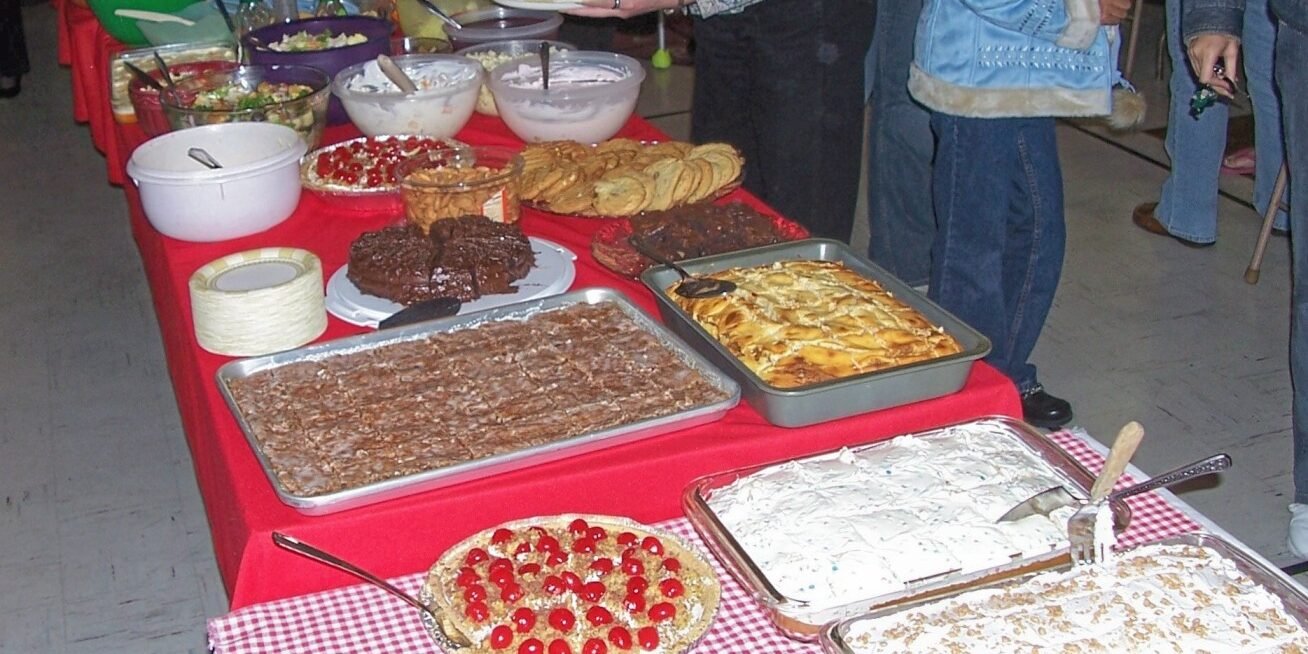Chapter 2 of Whitebread Protestants: Food and Religion in American Culture by Daniel Sack focuses on food as a central mode of community organizing within America’s churches. He argues that “Americans go to church for more than teaching and prayer. They go looking for community” (pp. 61-2). He argues that in our culture of competition, there is little room for community. Sack argues that church is a central place for this community, and meals are “where religious identity is shaped, community is built, and memories. They may not be religious, but they’re not just another meal” (62).
Sack explains that through the growth of congregations and denominations within the United States, a focus on meals — whether they were simple pot-lucks or elegant feasts — helped to create a sense of community within women’s and men’s groups, for young unmarried people, and within the congregation at large.
What are the central ways in which your religious community creates a sense of community and joint organizational culture? What are local traditions, like a spaghetti dinner or pancake supper, that are nearly sacred within the community? In what ways can these activities be places to observe how newcomers are welcomed, or how work is completed within the congregation? What sorts of interactions would you look for?
At a church I attended, I often observed the same groups of people sitting together at the same places. Families would sit with other families, their children entertaining each other. Older, widowed women would sit together. The pastor would mingle between these groups, but he would be the only one. What can you learn from the congregation from observing these divisions? What sorts of pleasantries are shared between the groups, while mingling around the pot luck table? What sorts of topics of conversation are introduced in the particular groups? How would an outsider know where to go to be included? These are all good questions to ask when observing these types of social gatherings.

